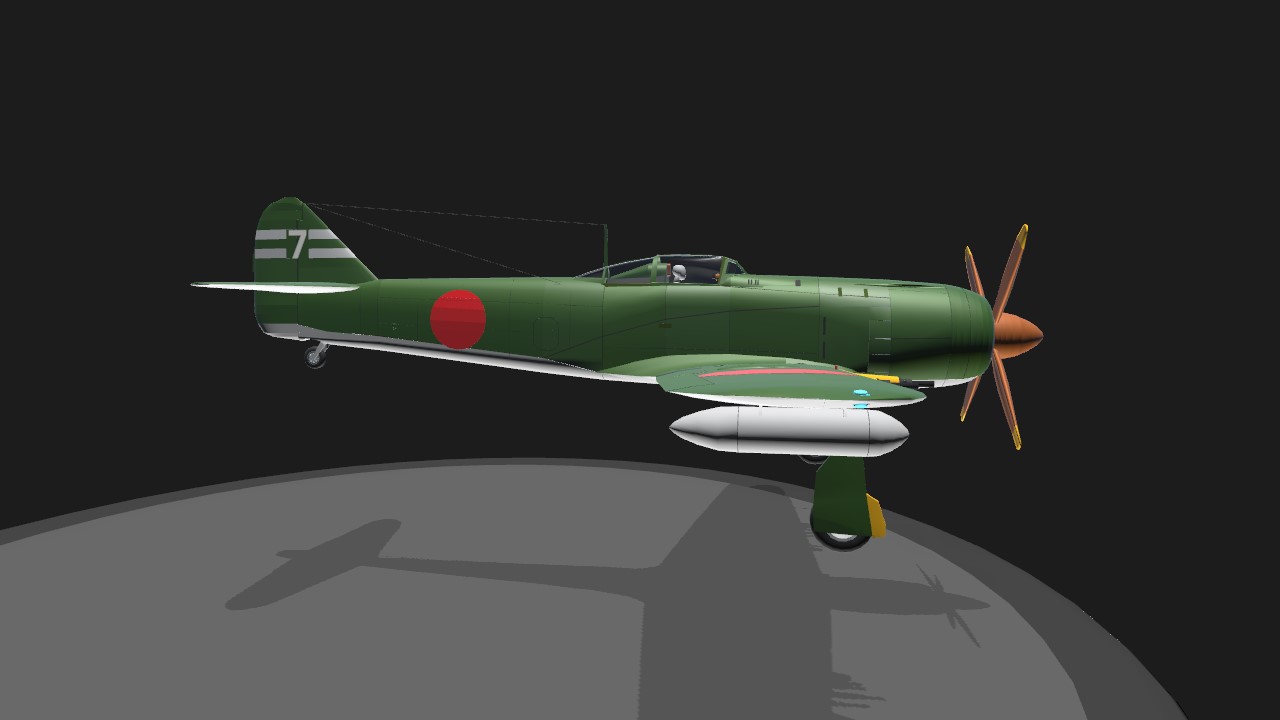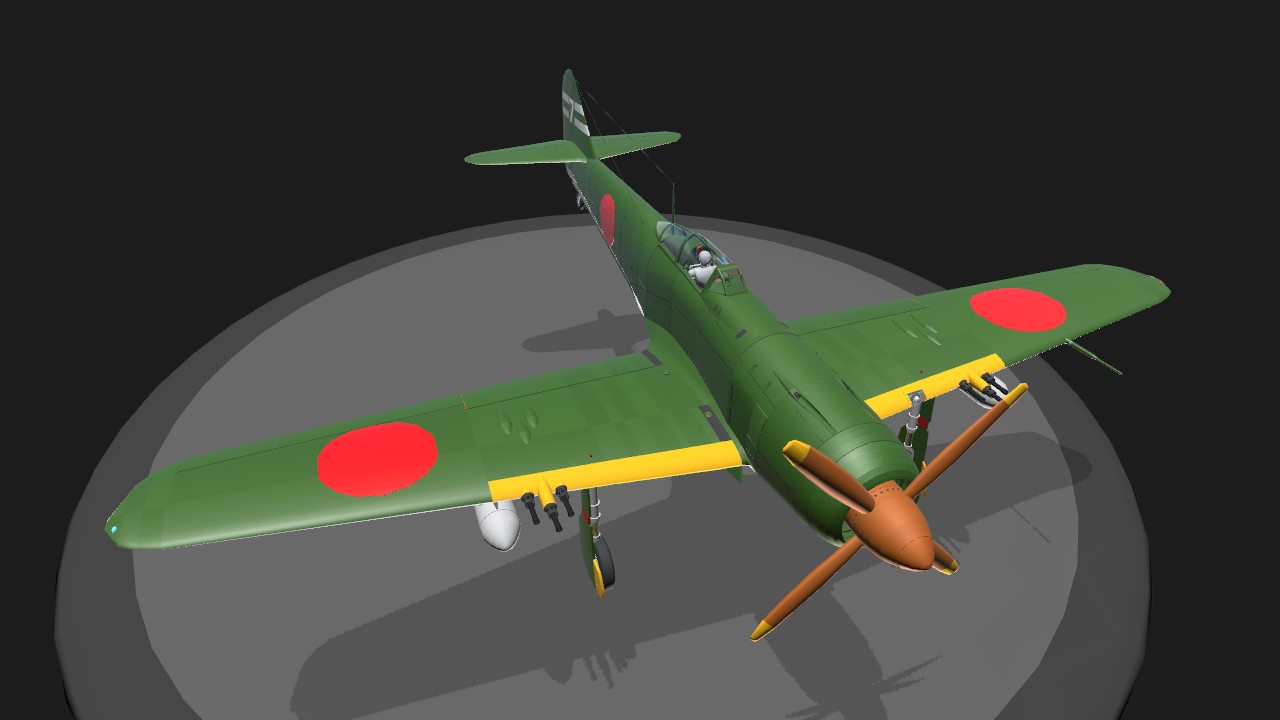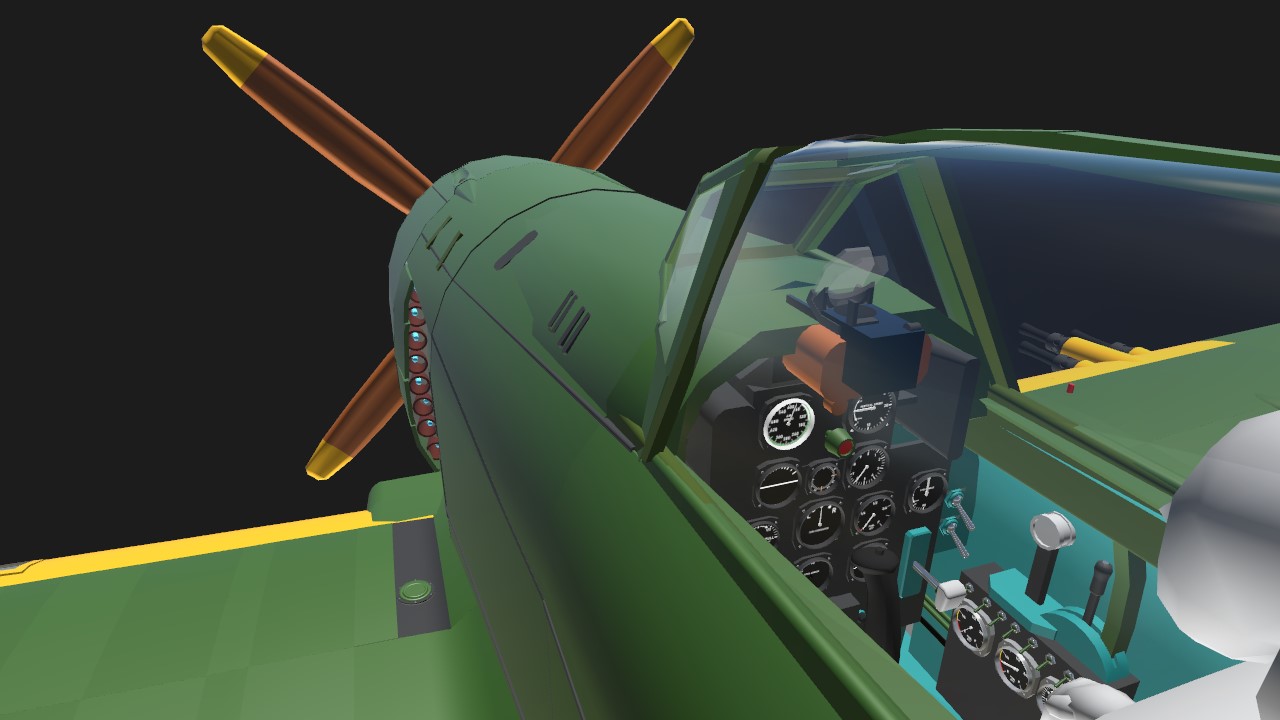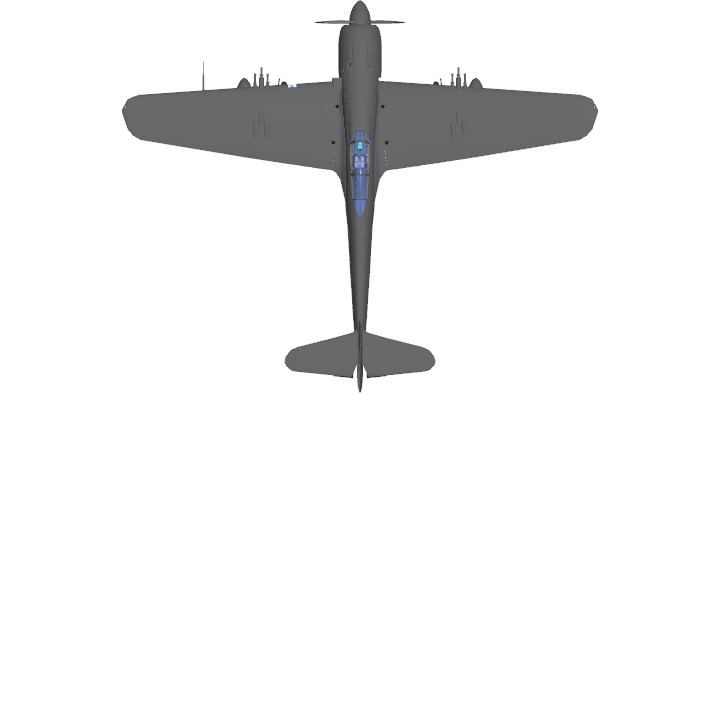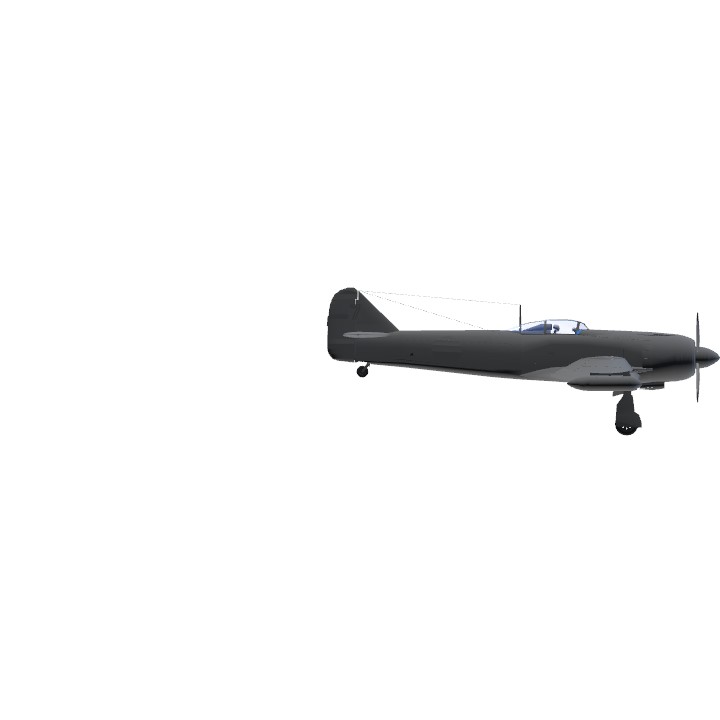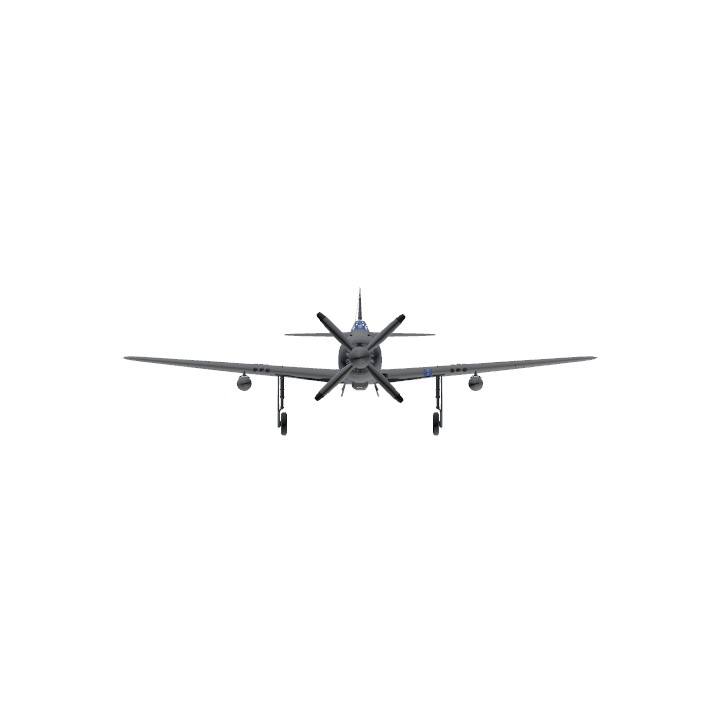Setting. In 1946, the Imperial Japanese Army adopted an improved version of the Ki-100 as its next-generation main fighter. Since other ambitious test aircraft were not technically viable, the Ki-100, which was the most effective in practice at the time, was equipped with a large-capacity three-stage, three-speed mechanical supercharger, six Type 99 20mm cannons, and two 13mm machine guns, and used to secure air superiority. It is a military aircraft that is said to be the last official fighter of the Imperial Japanese Army.Due to poor manufacturing and maintenance difficulties, there was a shortage of liquid-cooled engines, the Ha-140 (or Ha-40), and the Type 3 Fighter, which only had surplus aircraft, was quickly equipped with an air-cooled engine, the Ha-112-II, and put into service. Despite the hasty design with no time to spare, it demonstrated unexpectedly high performance, and its maintainability and reliability were improved to an incomparable extent. The Type 5 Fighter appeared towards the end of the war, and was produced in small numbers, so it saw little use in actual combat, but it was a valuable fighting force for the Imperial Japanese Army at the end of the war. Although its takeoff power of 1,500 horsepower was not as good as that of the Type 4 Fighter, its air combat capabilities and reliability were well-received by pilots at the time, and many former pilots testify that it was able to compete adequately with the latest American fighters.
Specifications
General Characteristics
- Created On iOS
- Wingspan 39.4ft (12.0m)
- Length 59.7ft (18.2m)
- Height 12.5ft (3.8m)
- Empty Weight 2,867lbs (1,300kg)
- Loaded Weight 7,653lbs (3,471kg)
Performance
- Power/Weight Ratio 0.352
- Horse Power/Weight Ratio 0.137
- Wing Loading 28.5lbs/ft2 (138.9kg/m2)
- Wing Area 269.0ft2 (25.0m2)
- Drag Points 777
Parts
- Number of Parts 1180
- Control Surfaces 6
- Performance Cost 4,009

